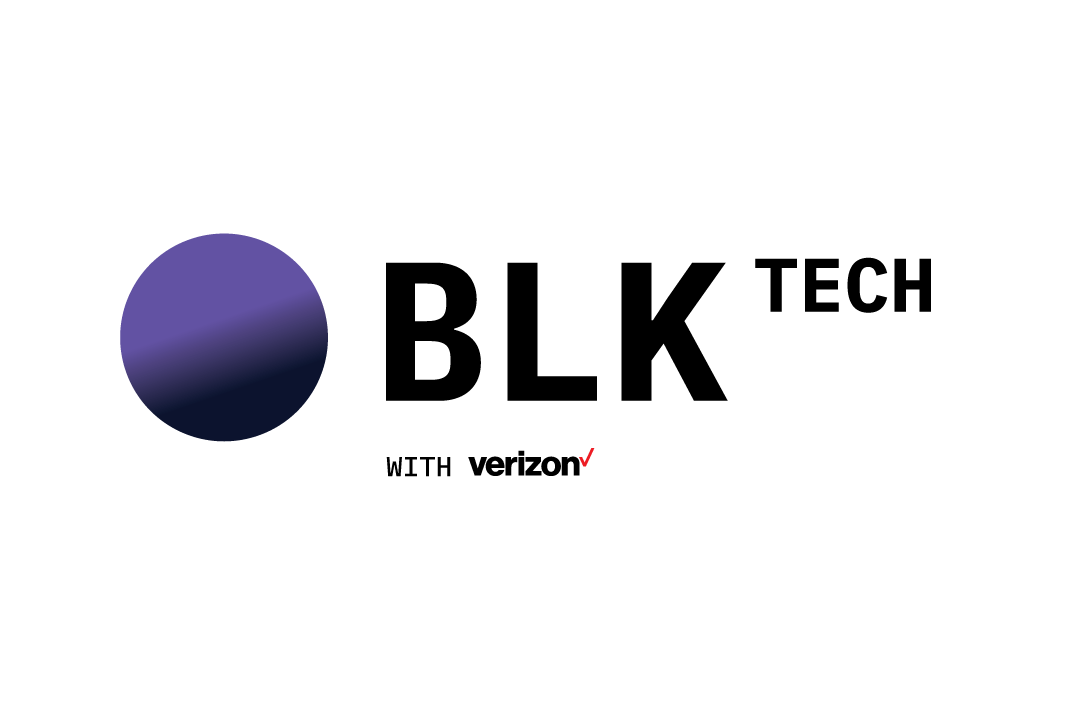Kossl’s Experience in Large Scale M&A and Funding Builds on Centro’s 2020 Business Momentum; Centro Promotes Executives in Technology Infrastructure, Product, Operations and Data Privacy
Chicago, Jan. 19, 2021 — Centro (www.centro.net), a global provider of advertising technology, announced the appointment of Clayton Kossl as chief financial officer (CFO). By adding a finance leader who has guided companies to large scale mergers and acquisitions (M&A) and funding transactions, Centro is capitalizing on its business momentum from the past year. Additionally, joining the company’s board of directors is Christian Hendricks, who had led McClatchy’s digital business through two decades and is currently the president of the Local Media Consortium (LMC). Centro also promoted Michael Freiman to chief technology officer (CTO), Hiten Mistry to chief product officer (CPO), Matt Sauls to technology division General Manager and Igor Fey to SVP of data privacy and security.
“Centro’s most successful year, to date, was powered by the explosive growth of Basis, our comprehensive workflow automation and trading platform. Shifting to hyper-growth has propelled us as a landing spot for premier talent in the larger robotic process automation software and media industry,” said Shawn Riegsecker, CEO and Founder of Centro. “Both Clayton Kossl and Christian Hendricks have vast experience guiding organizations as they scale and open new markets, which complements the leadership strength and product that Michael Freiman, Hiten Mistry, Matt Sauls and Igor Fey have driven for Centro.”
Kossl brings a wealth of experience raising capital and stewarding M&A. He was recently CFO of Paintzen, a technology business acquired by PPG Industries (NYSE: PPG). Prior to Paintzen, Kossl served on the finance and strategy team at ZocDoc, a healthcare technology business, where he helped raise capital at a multibillion-dollar valuation. He has served as an advisor, outside CFO, and board member for several businesses and has helped achieve successful outcomes including ZipDrug’s sale to Anthem, Inc. (NYSE: ANTM), and MyClean’s sale to Surge Private Equity.
Hendricks is a recognized figure in the media industry known as a catalyst and provocateur for change and innovation. He is president of the Local Media Consortium, which is made up of more than 80 media companies that include more than 3,300 different outlets. He is also the managing partner at Extol Digital, a management consulting firm providing businesses with growth and execution strategies. Hendricks spent 20+ years leading McClatchy’s digital business units.
Centro’s accelerated growth in the market is being powered by its technology, Basis. Basis is the industry’s most comprehensive, automated, and intelligent digital media platform—and is the only software solution of its kind to consolidate digital operations across programmatic, direct, connected TV (CTV), search, and social campaigns.
Centro is promoting team members playing sizable roles in the development of Basis to continue its rapid innovation and expansion:
- Freiman (CTO) leads the engineering and big data teams; he drives the security and stability of Centro’s overall technology infrastructure, and crystalizes the insights, intelligence and analysis drawn from its systems.
- Mistry (CPO) leads the product vision of Basis, having orchestrated its formation by integrating Centro’s media workflow automation software with the SiteScout programmatic advertising platform acquired in 2013.
- Sauls (GM, Technology Division), co-founder of SiteScout, now oversees cross-functional teams for business operations, RTB ops, and technology partnerships to identify growth opportunities in the market.
- Fey (SVP, data privacy and security) leads QA and production operations; he establishes data privacy and security protocols and protections across all aspects of Centro’s business to ensure it meets protocol and security standards.
About Centro
Centro (https://www.centro.net) is a provider of enterprise-class software for digital advertising organizations. Its technology platform, Basis, is the first of its kind SaaS advertising solution unifying programmatic and direct media buying, along with workflow automation, cross-channel campaign planning, universal reporting and business intelligence. It boosts media, team and business performance by enabling advertisers to plan, buy and analyze real-time bidding (RTB), direct, advanced TV, search and social campaigns in a single platform. Headquartered in Chicago with 44 offices covering North America, South America and Europe, Centro has received numerous accolades for its commitment to employees and workplace culture.
# # #
Originally posted here.








